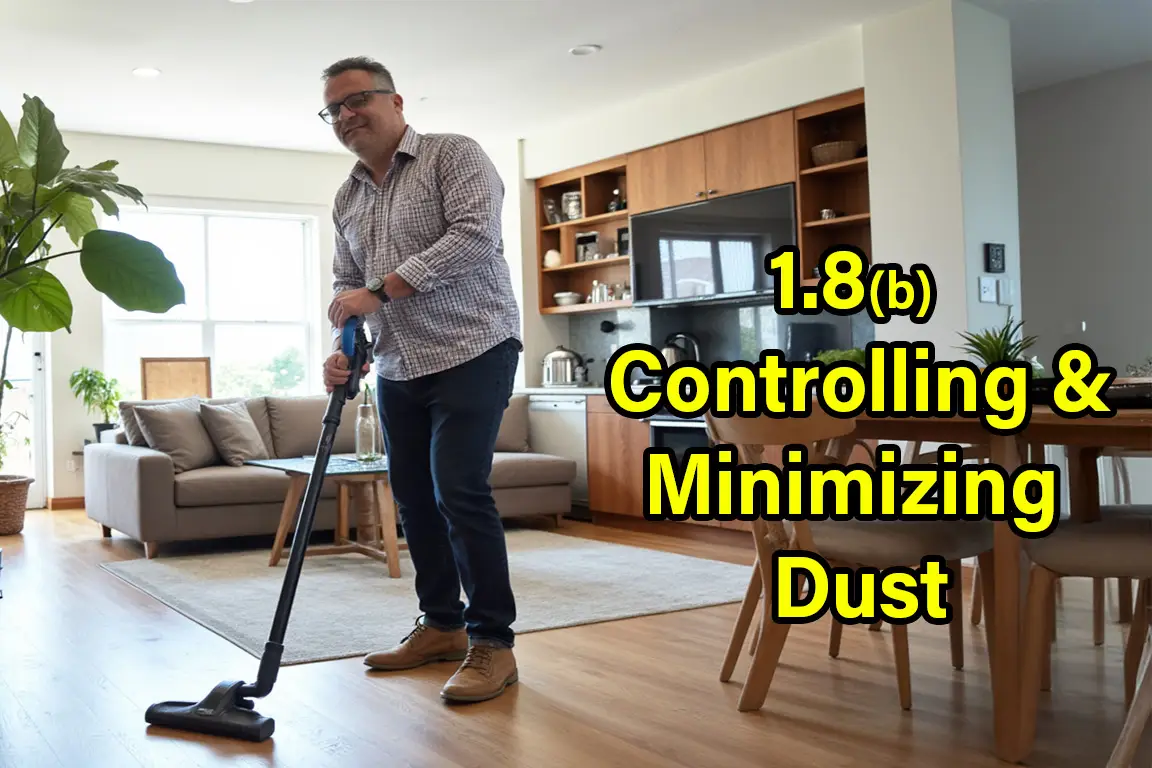Why Dust Control Matters
Dust isn’t just dirt—it’s a complex mixture of organic and inorganic particles that can seriously impact your health. In homes where environmental sensitivities or chronic illnesses are present, dust can contain mold spores, pollen, insect fragments, bacteria, VOCs (volatile organic compounds), and residues from cleaning products or pesticides. Breathing in or coming into contact with these particles can trigger inflammation, allergic reactions, respiratory issues, and neurological symptoms. For those with conditions like CIRS (Chronic Inflammatory Response Syndrome), MCAS (Mast Cell Activation Syndrome), or other chronic illnesses, reducing dust is not optional—it’s critical.
The problem is that dust accumulates constantly and hides in places we don’t often think about: under furniture, inside vents, behind appliances, on top of doors, and embedded in soft surfaces like carpets and curtains. Every time you sit down on the couch, open a door, or change the thermostat, those particles get stirred back into the air. The goal of this course is not just to clean visibly dusty areas, but to develop a layered strategy that reduces all sources of dust—seen and unseen—so your body has a cleaner, more supportive space in which to heal.

